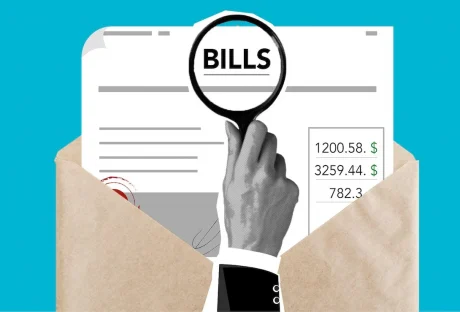Corrections facilities cannot be too careful when it comes to choosing furnishings. Inmates can take a simple, everyday object and use it to do harm to themselves, others, or the facility. When choosing furnishings, a purchasing team must consider several factors.
Safety must always be the top concern when a person or entity goes to buy detention center furniture. The team must also take into account the durability of the furnishings. However. comfort should also be a consideration.
Checkout Prime Ways To Choose The Right Furniture For Inmates

The following tips will be of benefit when the time comes to make this investment in a facility.
1. Tamper-Proof Pieces
Correctional facilities need to have tamper-proof furnishings for several important reasons. These furnishings help maintain safety and order within the facility. If furnishings like beds, desks, or fixtures can be disassembled into potential weapons or contraband, it puts both inmates and staff at risk. Tamper-proof designs make it much harder for inmates to fashion shanks, shivs, or other dangerous items.
Tamper-proof furnishings reduce property damage within facilities. Inmates may try to vandalize or destroy furnishings out of boredom, frustration, or protest. Having sturdy, reinforced items makes this much harder to accomplish.
These furnishings save on costs over time. If furnishings frequently need to be repaired or replaced due to tampering or destruction, it creates unnecessary expenses for the correctional system. Investing in quality, tamper-proof items upfront saves money in the long run.
2. Furnishings That Are Easy to Clean
Correctional facilities house large populations of inmates in close quarters, which can facilitate the spread of germs and disease, as the world has learned during the global pandemic. The constant movement of people in and out of the facilities also increases exposure to outside germs. Therefore, cleanliness and sanitation are crucial in these environments.
All furnishings and surfaces need to be cleaned frequently and thoroughly to control infections. Upholstered furniture, rugs, and other porous materials trap germs and bodily fluids that are difficult to sanitize. These should be avoided. Instead, correctional facilities should opt for furnishings made of non-porous materials like metal, plastic, and vinyl that can be wiped down and disinfected regularly.
Seamless, one-piece construction is preferable over joints and crevices where bacteria can lurk. Furnishings and fixtures should also be scratch and tamper-resistant. The easier items are to clean and maintain, the higher the standard of hygiene that can be upheld in correctional facilities to protect inmates, staff, and visitors from illness.
3. Ligature-Resistant Designs
The rate of suicide in jails and prisons is alarmingly high. It remains the leading cause of death in these facilities. A major contributing factor is the availability of anchor points that can be used for hanging. Things like exposed pipes, vents, door hinges, and handles can all provide an opportunity for self-harm if an inmate is experiencing a mental health crisis. This underscores the critical need for ligature-resistant designs in correctional facilities.
Specifically, the physical layout and infrastructure should aim to eliminate anchor points and anything that could be fashioned into a noose. This includes swapping out fixtures, covers, and hardware for specially designed suicide-resistant models. Cells should be constructed in a way that reduces ligature points.
Tear-resistant bedding and clothing could also mitigate risk. Taking these kinds of proactive measures through environmental design can go a long way in preventing suicides and saving lives behind bars. With the right ligature-resistant adaptations, correctional facilities can be safer for inmates struggling with mental illness.
These are just a few tips for choosing corrections furniture, but as every facility has unique needs, there may be other factors to consider. However, the above-mentioned tips apply to all facilities. Keep them in mind when choosing the right furnishings for a correctional facility to save time and money while safeguarding inmates and employees alike.
Read Also:






















